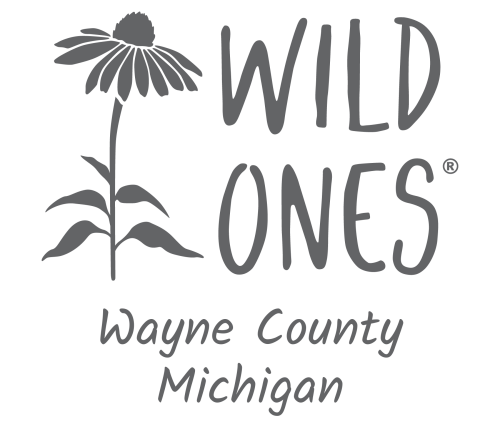Jump to section
The WOWC Seeds to Community (S2C) program kicked off its first event in February of 2025. The mission of the program is to create connections with people and nature through the process of growing native plants from seed. Much of the program was inspired by the Seeds to Community Program started in Ann Arbor, MI, and similarly, is driven through community engagement in collection, germination and cultivation workshops.
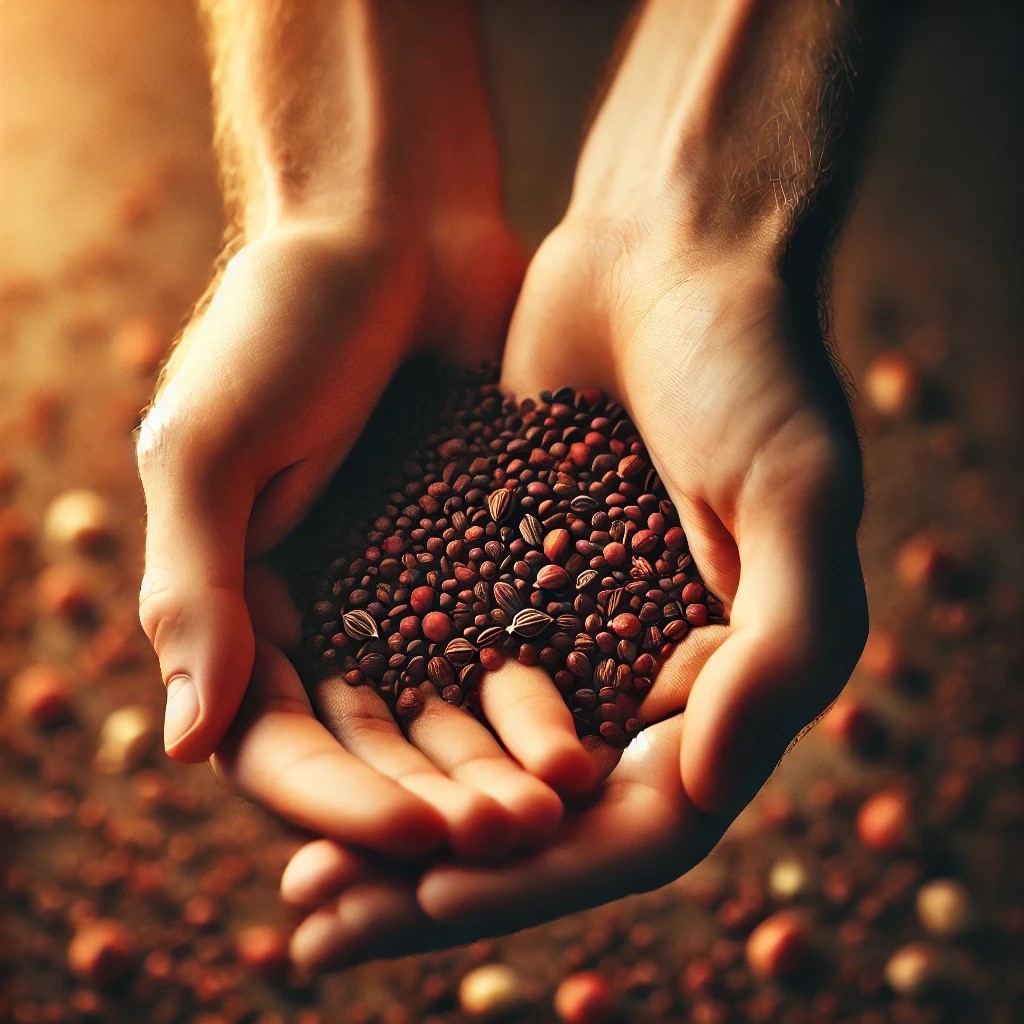
Community Vision
The program is rooted entirely the involvement of community. It is as much about creating a community as it is any tangible outcomes with seeds. Would we love for this program to churn out thousands or even millions of native plants that end up being planted in our area? Of course! But that is not the ultimate goal. This program will continue to ‘grow’ only as the community grows. The vision is to simply provide opportunities to connect with people, opportunities to connect with nature, and opportunities to share in the joy of reciprocity. If we all work together, the benefits of Seeds to Community will multiply.
The Natural Cycle = The Program Cycle
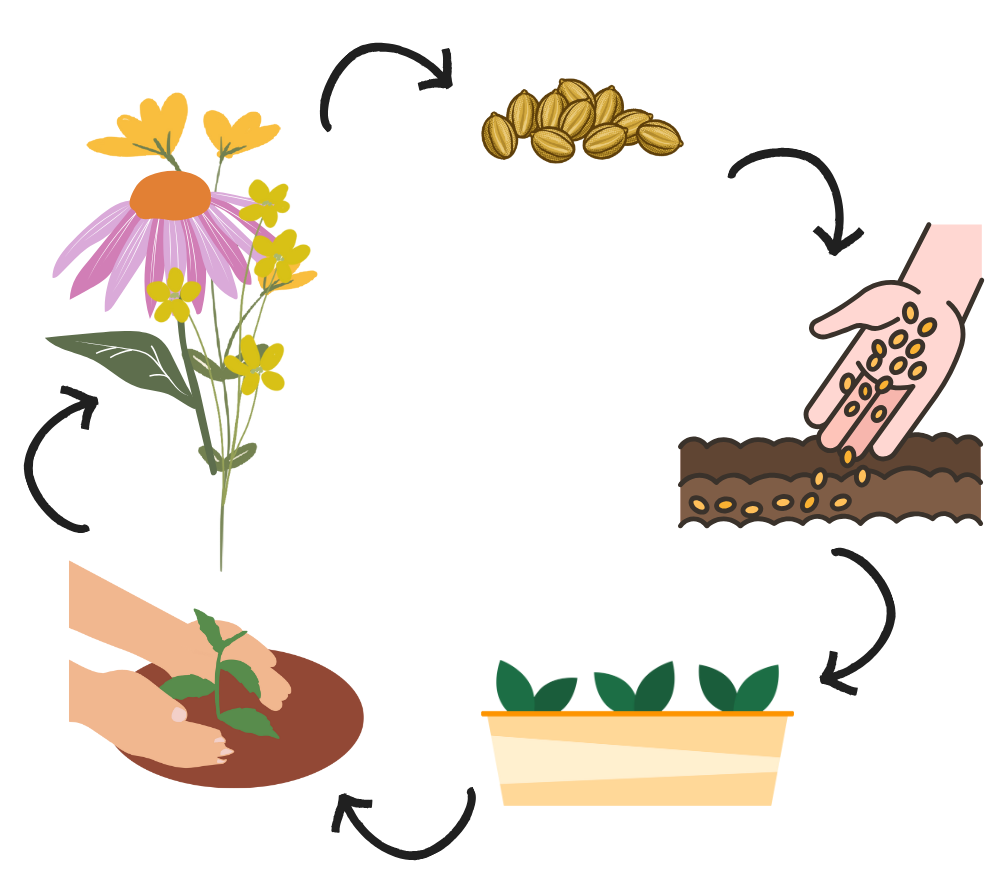
The workshops, events and programs for WOWC S2C are centered around the natural cycle of how native plants reproduce.
Seed Collection & Sharing
Seed collection happens throughout the growing season. Different species require different seed collection times based on the natural growing cycle. WOWC S2C plans seed collection events to give an opportunity to connect with nature, see and touch plants, and of course provide knowledge of seed collection practices and ethics. These will typically run from June to October and each event provide a unique opportunity to experience nature in a different season. Collected seeds can then optionally be shared among the community to help spread nature’s bounty.
For more information on seed collection practices, tips, and more check out our seed collection resources
Seed Preparation
Usually the form seeds are collected in is not the easiest form to store nor sow. Therefore, there is some level of seed preparation that should occur after you collect it. Seed preparation for most species happens anytime after collected seeds have dried. Like with collection activities, each species is different and the process of cleaning seeds to store and sow therefore is different as well. Workshops on seed preparation can run essentially year-round, as long as there is seed to process!

credit @FritzFlohrReynolds
Seed Stratification
Seed stratification is a process that involves exposing seeds to cold and damp conditions to break dormancy and encourage germination. Since Wayne County has a climate that includes cold winters, many species have evolved to require these cold and damp conditions in order for their seeds to germinate. Stratification can be achieved by multiple means, but most commonly this involves either being outside in cold temps or artificial refrigeration. WOWC S2C continues to curate resources and plans workshops on stratification and its methods. These workshops and programs will typically be held early in the calendar year.
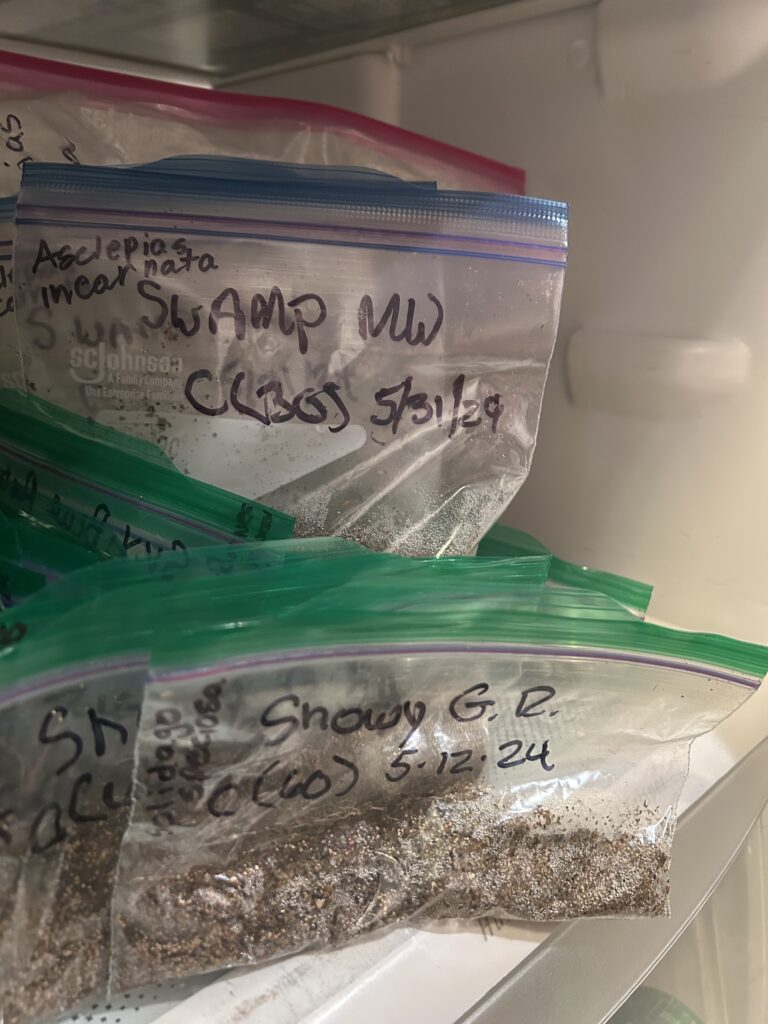
Winter Sowing
Trudi Davidoff developed the winter sowing method over 20 years ago in collaboration with the USDA. According to the USDA winter sowing is:
“A propagation method used throughout the winter where temperate climate seeds are sown into protective vented containers and placed outdoors to foster a naturally timed, high percentage germination of climate tolerant seedlings.”
Essentially, this means create a miniature greenhouse for your seeds to grow in. It is is relatively low-cost and for that cost, is incredibly effective at germinating native plant seeds.
Typically this involves preparing some form of translucent or transparent reused plastic container like a milk jug. You take the container, add soil and moisture, sow the seeds, and leave it outside in cold temps to encourage the natural germination cycle. WOWC S2C plans winter sowing workshops for anyone to take part in the process of winter sowing.
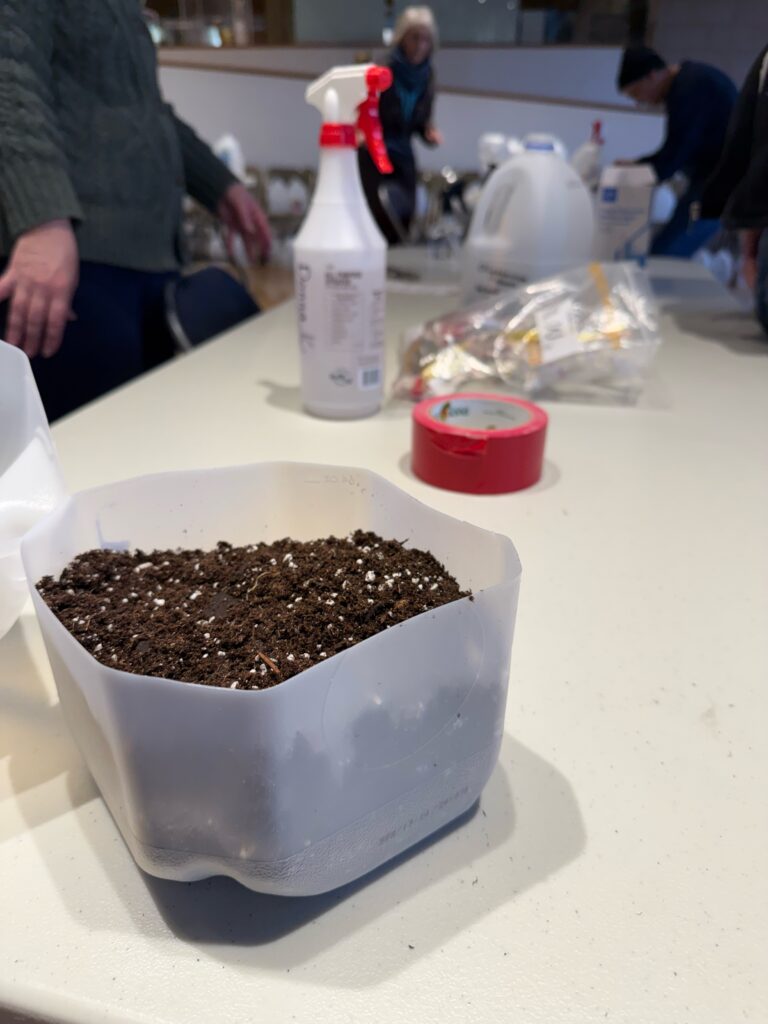
Up-Potting & Seedling Swap
When seeds that were germinated via winter sowing become seedlings, they will frequently be crowded in their container. There is an option to separate the tiny seedlings into their own containers, typically nursery trays, in order to decrease competition and therefore increase the yield of the sowing process. In Southeast Michigan this means that sometime around late May or early June, WOWC S2C plans Up-potting workshops to not only help with increasing yields, but also for the purpose of swapping seedlings that you may (and likely will) have too many of for other seedling species. It is a great opportunity to share plants in order to create your future garden or natural area.
Planting
Lastly, once the plants have established enough root structure to be planted from their container, it comes time to actually put plants in the ground. WOWC S2C has opportunities to ‘share the load’ of planting. “Many hands make light work”, and planting dozens or hundreds of plants is no exception. Through this community we can find opportunities to plant together, whether it be at a personal residence, public garden, or natural area.
Resources
For those of you who just can’t wait to learn about growing native plants from seed, or if you would like to read up on a particular topic before joining a workshop or event, you can use the following resources on each stage of the propagation and reproductive process.
General Propagation Resources
WOWC S2C Species Data
In partnership with Seeds to Community in Washtenaw County, we help to manage a species data spreadsheet which includes things like:
- germination codes
- bloom times
- bloom colors
- light requirements
- moisture requirements
- spread (aggressive or not)
RNGR Native Plant Network
The Forest Service’s National Center for Reforestation, Nurseries & Genetic Resources (RNGR) has their Native Plant Network which has numerous propagation resources including:
- Propagation Protocol Database: Search or browse based on state or method of propagation.
- Low-Tech Devices for Collecting, Processing and Planting Seeds (PDF Download): Article from their Native Plants Journal that has some great tips on the title topic.
Seed Collection and Preparation Resources
Northern Gardener Tips & Tricks for Collecting Native Seeds
Northern Gardener is a publication by the Minnesota State Horticultural Society and their short guide on collecting native seeds is a good place to get a basic idea of the seed collection process.
Pollinator Partnership
There are multiple great resources on the Pollinator Partnership Project Wingspan seed collection page available for free. This content is geared toward training people for collection for their program. Among the resources provided, these are probably the most useful
Xerces Society
The Xerces Society has a great guide on seed collection that covers collection, processing and storage of seeds
Clean North
Clean North is an organization based in Sault Ste. Marie and they have a nice guide on seed collection and cleaning that has many useful tips
Seed Stratification Resources
Prairie Moon Germination Guide
Prairie Moon is in the business of selling native plant seeds, and it is in their best interest to give their customers good instruction on how to stratify or germinate their seeds. They have a guide with specific instructions for each germination code as well as a brochure on the same topic.
American Meadows Cold Stratification Guide
This guide from American Meadows shows different methods of artificial cold stratification.
Winter Sowing Resources
UMD Extension
University of Maryland Extension has a comprehensive presentation of slides with photos on the process of winter sowing.
Rochester Pollinators
The Rochester Pollinators winter sowing and stratification page has great tips including some YouTube content.
UMD Extension
University of Maryland Extension has a comprehensive presentation of slides with photos on the process of winter sowing.
Rochester Pollinators
The Rochester Pollinators winter sowing and stratification page has great tips including some YouTube content if you prefer video learning.
Up-Potting Resources
Growit Buildit
This is an incredibly straightforward and informative video on separating seedlings and up-potting
Planting Resources
Check out our Native Plant Resources for all kinds of information on Garden Planning, Native Plant Lists and Plant Finders.
